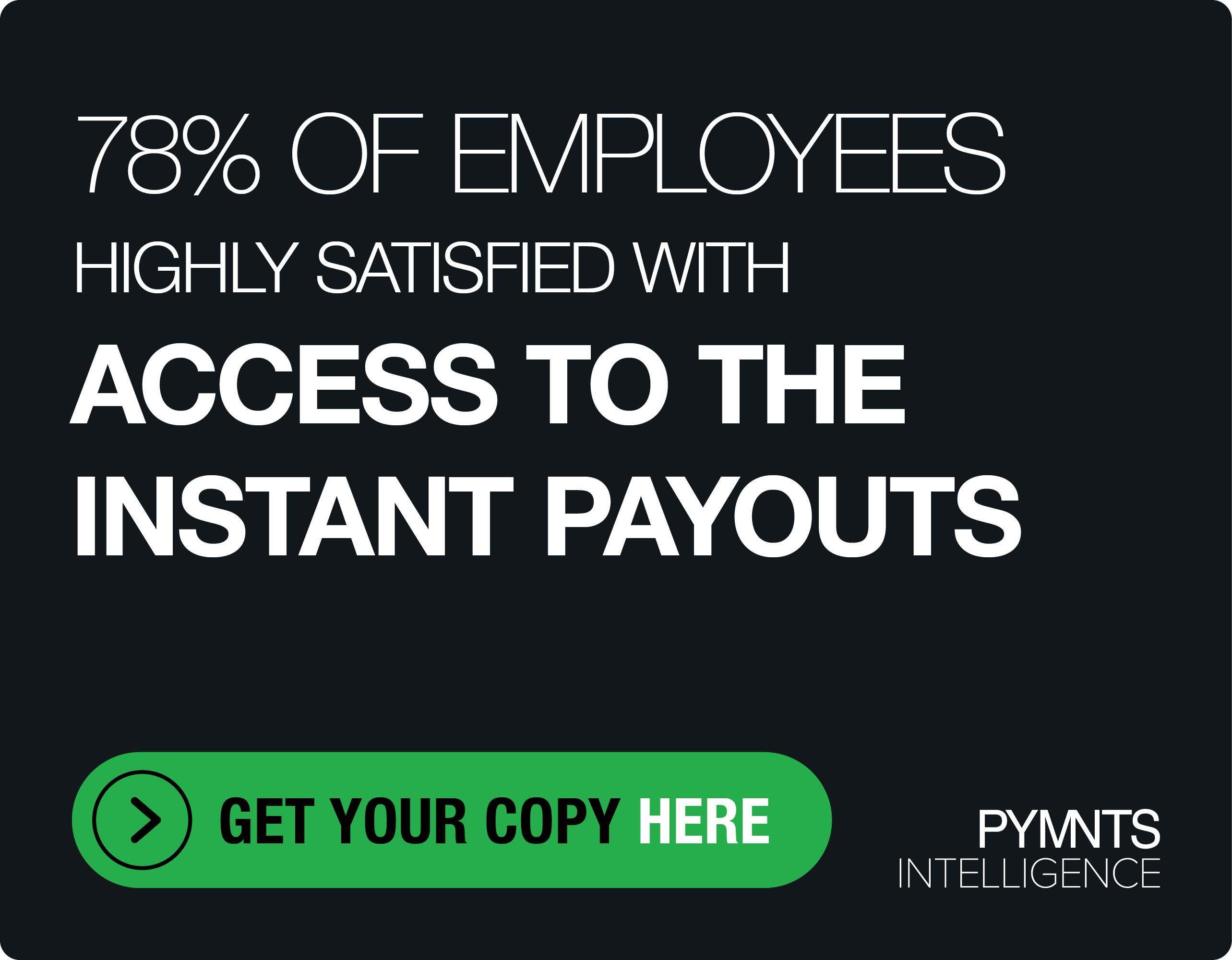Why Digital Platforms Will Be The Bridge To The Omnichannel Future

When people talk about omnichannel as a concept, they are usually referring to the classic retail use case: The customer buys something online and then goes and picks it up at the store, or the consumer picks it up in the store but initiates the return online.
And while there is certainly a lot to look at in that slice of omnicommerce, as YapStone Chief Technology Officer Sanjay Saraf and Karen Webster discussed, there are plenty of other scenarios. Take a step back, and it becomes clear that when we talk about the gig economy in general and the sharing economy specifically, we’re also looking at omnichannel experiences.
The definition of omnicommerce, as used today, could stand an adjustment to include more elements that are blurring the line between digital and physical experiences, Saraf noted.
What ties all these things together, albeit in a behind-the-scenes manner, is payments — and the power of payments to enable increasingly complex transactions that even further blur the lines between digital and physical. Looking at the rise of businesses looking to tap into the wider world of omnichannel commerce — and the ways in which the world is changing around those business — the potential in the market is massive, Saraf told Webster.
As is the hunger among those platforms to more fully tap payments to unlock that potential.
“These platforms are all focused on customer experience,” Saraf said. “That means when they are starting out, they are looking at basic payment processing, and they are asking what is the quickest way they can get access to basic consumer payments. They want three lines of code and a basic [application programming interface (API)]. But as soon as they start gaining some scale and engaging buyers and sellers in a secure way globally, they are going to start expecting a lot more from their payment partners and providers.”
The work for those providers and partners, he noted, is to understand where the rapidly rising opportunities are, and how to build more trusted transactions to tap into them.
The Ever-Evolving Global Gig Marketplace
In the course of less than a decade, the world of work has changed rather extraordinarily. Until very recently, most workers were paid weekly, bi-weekly or monthly via a traditional payroll function.
“That ecosystem is fast changing,” Saraf told Webster, “and it is truly being enabled by payments.”
In today’s market, nearly three-quarters of all firms report employing temporary or remote workers, a group that is remarkably ill-suited to traditional payroll systems. Moreover, those workforces are becoming more global and more likely to cross national borders, which means payments become central as firms need to ensure they can issue funds to workers at the right time, in the right amounts and in compliance with local laws.
“And we are seeing a lot of new opportunities for pushing funds directly to debit cards instantly, instead of waiting two or three days [for them to go] into bank accounts.”
More interestingly, Saraf told Webster, is the virtuous cycle of payment innovations begetting marketplace innovation and vice versa, as the market itself gets more advanced. Gig workers, he noted, aren’t just working side hustles these days to bring in extra income. They are now finding robust enough marketplaces that they are earning full-time, professional wages. YapStone, which offers payment support for real estate marketplaces, sees that with homeowners who start small — renting their homes to vacationers a few weeks a year, then moving toward buying other properties and eventually making property management their main occupation.
“And we can see a lot of really cool things coming onto the field. We’ve seen marketplaces that allow for a customer to buy a car entirely on their mobile phone, and then with one tap can also enroll to drive for Uber,” Saraf pointed out.
What is being seen across a host of marketplaces, he said, and what is raising the omnicommerce stakes across the board, is a host of use cases that are blurring the line between physical and digital commerce in creative and unprecedented ways.
But while all that opportunity is a good thing, he said, it is also a risky one.
Building Trust Transactions
For every opportunity in payments and commerce for buyers or sellers, there is a fraudster (or a few million fraudsters) hoping to step in the middle and make an illicit deal for themselves. Fraud, of course, is nothing new — but in an omnicommerce environment like YapStone, where digital transactions can be measured in the tens and hundreds of thousands of dollars, one is facing “a whole new level of fraud, not to mention the places where it intersects with AML/KYC,” Saraf noted.
The challenge, he said, is building a trusted exchange relationship between a buyer and seller who are total strangers to one another — and the payments player in the middle is ideally suited to be the arbiter and driver of trust.
They first do that by serving as the chief verifying agent for both buyers and sellers, establishing three major things: That all the personal identification data checks out, all the mobile device credentials match and payments information is verified. Centering on those three areas — and then using advanced artificial intelligence (AI) and machine learning to evaluate the millions of discrete data points around them — allows both sides to be confident that the person they are doing business with is exactly who they say they are, before a transaction ever takes place.
The second way payments providers like YapStone help to ensure trusted transactions is to take away the fear of things going wrong for both sides. Payment disputes and chargebacks are going to happen, Saraf noted — there are many things that can be done to minimize them, but the idea that they can be reduced to absolute zero is misguided. What YapStone and other payments partners can do — and are increasingly doing — is to take responsibility for those chargebacks. Instead of having to navigate a complex process, both sides can hand it off and let the payments network fix the problem.
That’s a challenge, Saraf noted, and doing it right doesn’t mean simply raising the fraud walls as high as possible to make sure nothing even remotely questionable ever passes through. That will more likely than not lead to false declines and lost revenue for the seller (not to mention a frustrated buyer). It means making better use of data to spot those problematic transactions — and to differentiate between a transaction that looks weird for a good reason and one that looks weird for a bad one.
Going forward, Saraf noted, the questions will be about how they can leverage payments to push the capabilities of marketplaces even further. For instance, when consumers are booking a five-figure vacation, a partner might offer a financing option that lets the customer split the payment into four easy installments.
“The appeal of that is obvious, but it means you have now gone from a payments decision to an underwriting decision,” Saraf said. “Behind the scenes, we have to be very sure they can afford those installments and also be able to offer a nearly instant credit decision.”
On the seller’s side, they are also creating things like advance payments, so cash flow can be boosted even before the goods and services have been delivered. It is an obviously useful product for a marketplace to offer to its sellers, but it means they must take a new approach to the risk of that transaction.
“But as this idea of omnicommerce is becoming less and less distinguished from commerce, the question firms are going to keep asking us — and every other payment provider — is, ‘Okay, this is great, now how do I make this business more multichannel-friendly, more flexible and more scalable?’”
